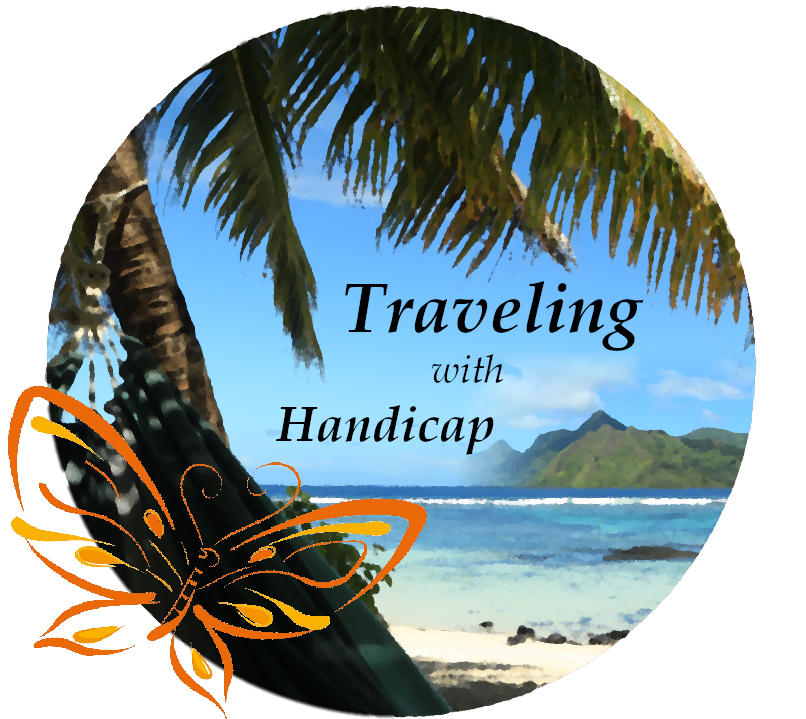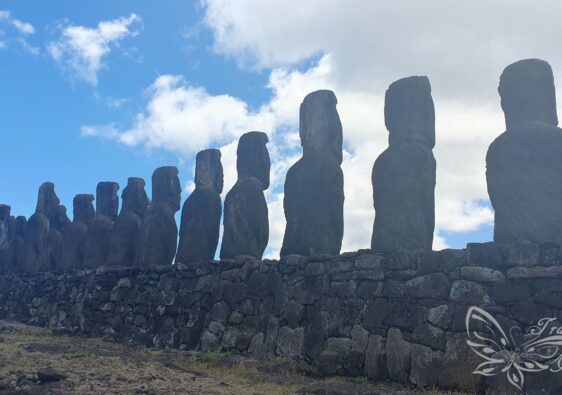The worst thing about being a tourist is having other tourists recognize you as a tourist.
Russell Baker
Destinations across Colombia
My main reason for a Sabbatical in Latin America was to visit Chile, Bolivia, and Peru. Mainly focusing on Chile and hiking in e.g., the Torres del Paine. When I arrived in Chile, I hoped to make all my way to the northern end of the Andes in Colombia. At that time, there were rumors in Peru which enforced me to not travel straight but rather in some loops. Nevertheless, I made it.
So many times, I have heard people talking about their dream to travel across Colombia once. Even though I could have spent a bit more time in other countries, from Peru onwards I restricted myself a bit as I wanted to explore both Ecuador and Colombia. Since I enjoyed Ecuador so much, especially spending 12 days on the Galápagos Islands, I had only approximately three weeks left until my flight departed from Bogotá. I booked my ticket a few months in advance for a reasonable price, date-change not included.



Colonial Old Towns and Nature
The Andes distribute into three distinct cordilleras north of Popayán in southern Colombia. They consist of the eastern, the central and the western Cordillera. Between the Cordilleras there are high plateaus and fertile valleys crossed by the country’s major river systems. Thus, you will find a variety of landscapes and ecosystems within these regions. The eastern Cordillera continues into Venezuela.


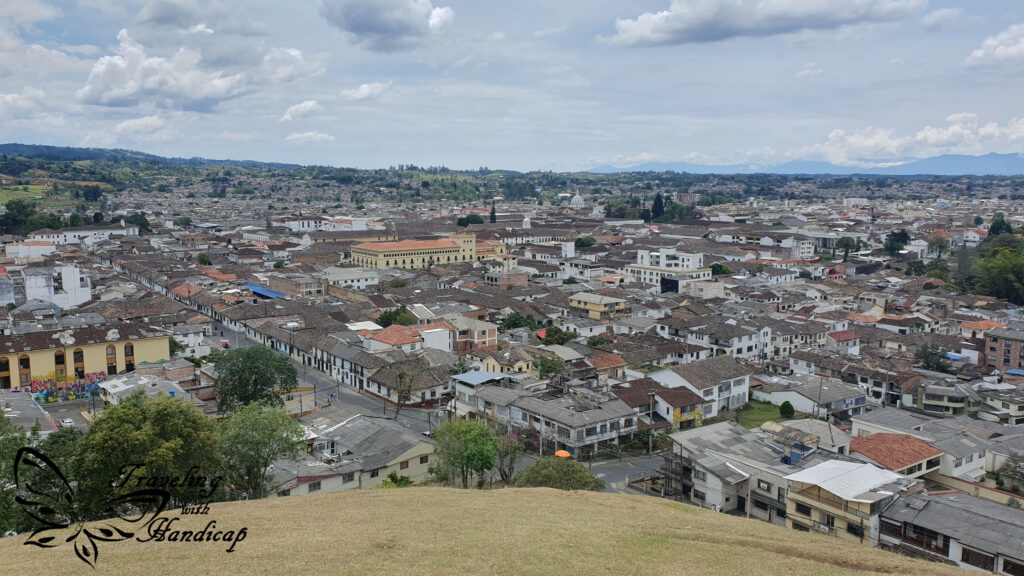
Another village which I visited and highly recommend is San Agustín, also in southern Colombia. The archeological park is a highlight on its own. Moreover, there are many fincas embedded in the surrounding hills. In order to reach this town, I would not take a bus but rather try hitchhiking next time. This is because the bus connections down there are terrible.
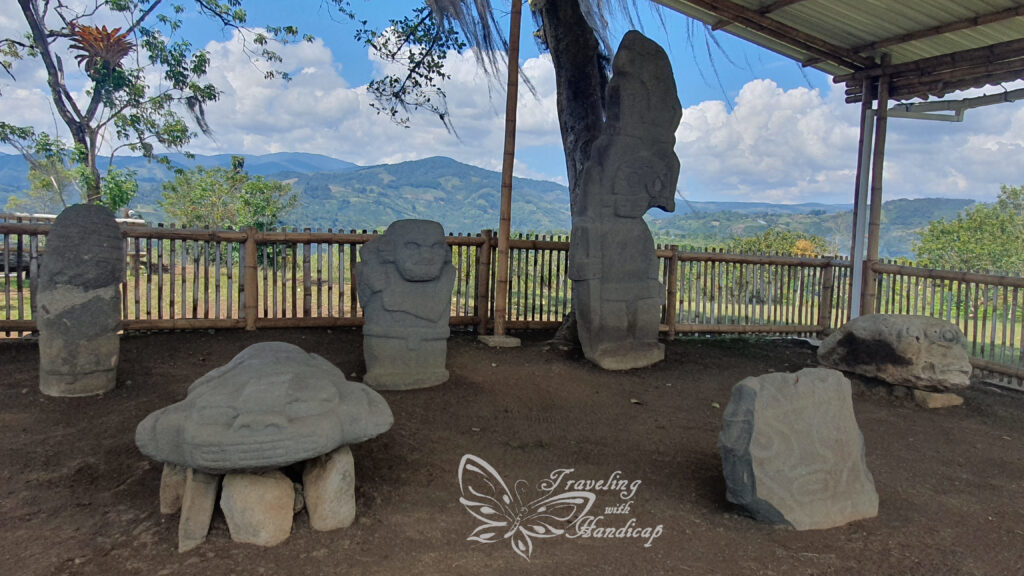


My favorite colonial town was Salento. The colonial-style houses were very colorful distributing positive energy. Close to Salento, there is the famous Valle de Cocora where you may go on hikes with super high palm trees.

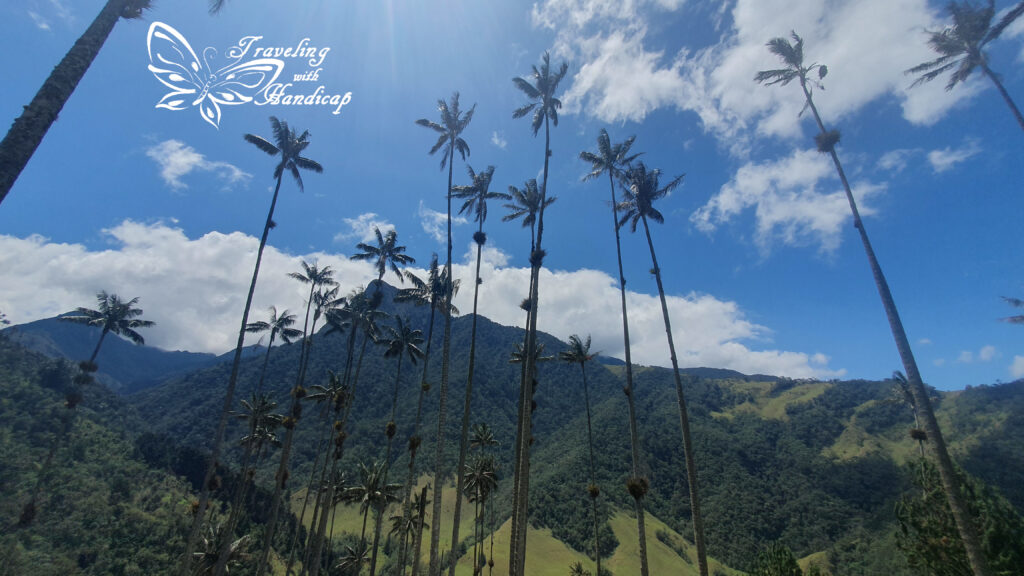

As opposite to Salento, Guatapé’s colonial-style houses are very new and just artificially created in that style. This is also why I consider it not authentic enough. Nevertheless, also the surrounding nature around Guatapé offers different to-dos.

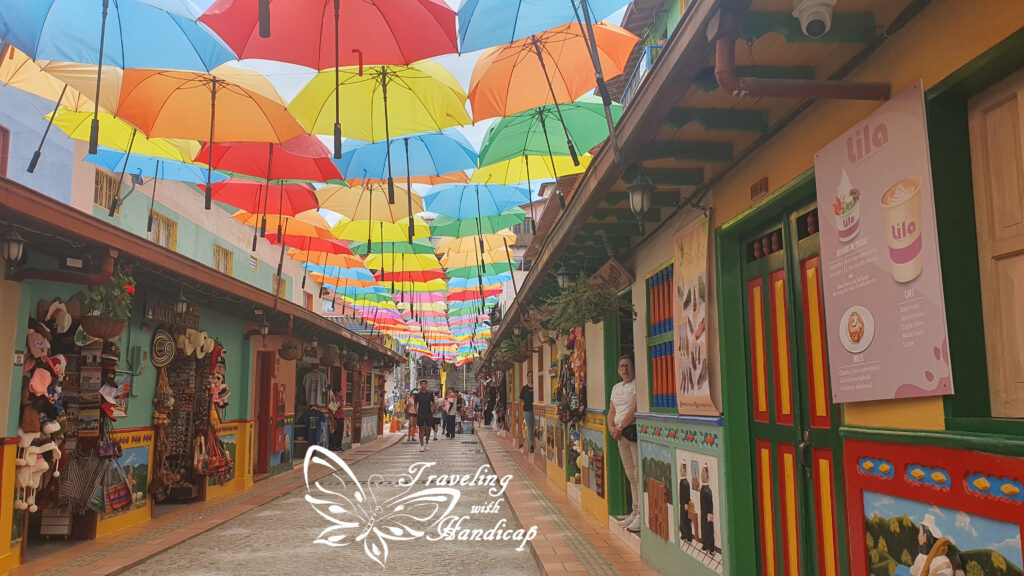

One type of landscape which I didn’t expect to find within Colombia was the Tatacoa Desert. I highly recommend visiting this desert.
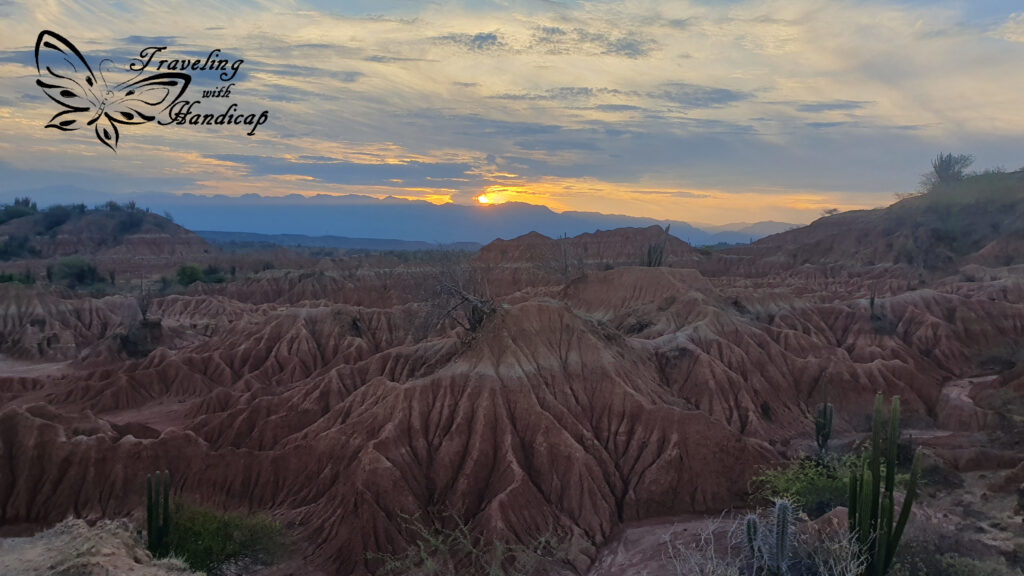
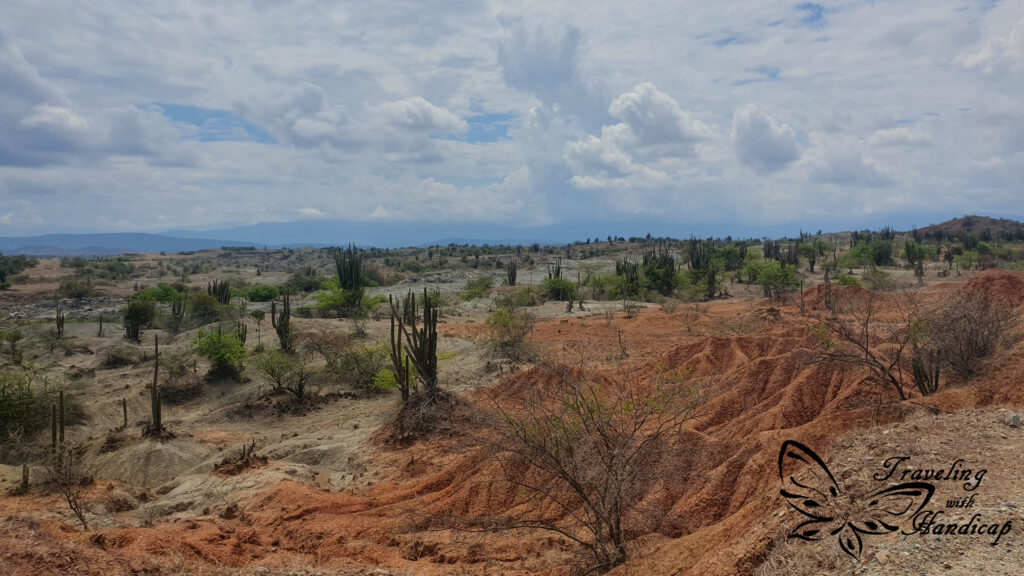

Big Cities
Among the cities famous for tourists, I visited Medellín and Bogotá. I skipped Cali since it was not conveniently located along my route. The type of tourists similar to me more often recommended skipping Cali than exploring it. If you are a young party tourist, you might enjoy Cali. However, there seems to be not much more to do. Cartagena or Santa Marta, cities at the Caribbean Coast could also be counted as cities. I wouldn’t rate them as big though, as they are rather small in comparison to Medellín or Bogotá.
Medellín and Bogotá are definitely worth a visit. There is a hidden battle on which of the two cities is better. Actually, the ranking depends on the category to rate for. Medellín is hipper, has better public transport options but quite poor districts as well. Opposed to that, Bogotá is a rather serious business city with modern buildings that reminded me of the redbrick buildings in Britain. While many young tourists stayed in Medellín for a while, I preferred Bogotá. I could even imagine living in Bogotá to study or live for a few years.


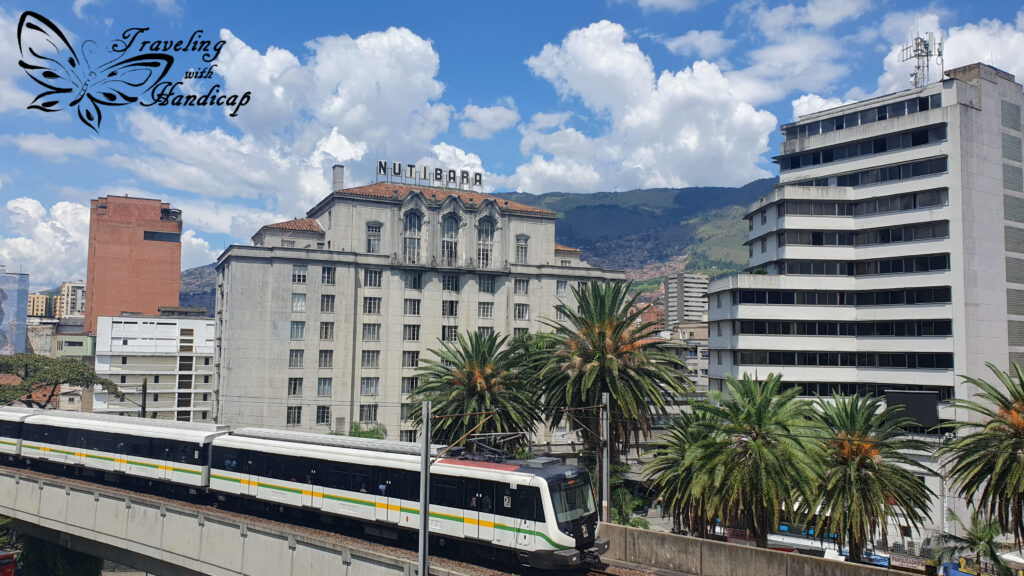
The Caribbean Coast
There are different destinations along the Caribbean Coast that are worth to be explored. Among them, I visited Cartagena, Santa Marta, the Tayrona National Park and Palomino. If you are short in time, you should undoubtedly visit Cartagena. The entrance fee to Tayrona is quite high and Palomino rather a holiday beaching town.
You only need to be aware that it is both very hot and very humid. This makes it quite tough to stay in this area for too long. Moreover, many places don’t have air-conditioning and if, only during the night. Even your clothes remaining in your bag might feel wet after you leave the area and get back to a more temperate climate.

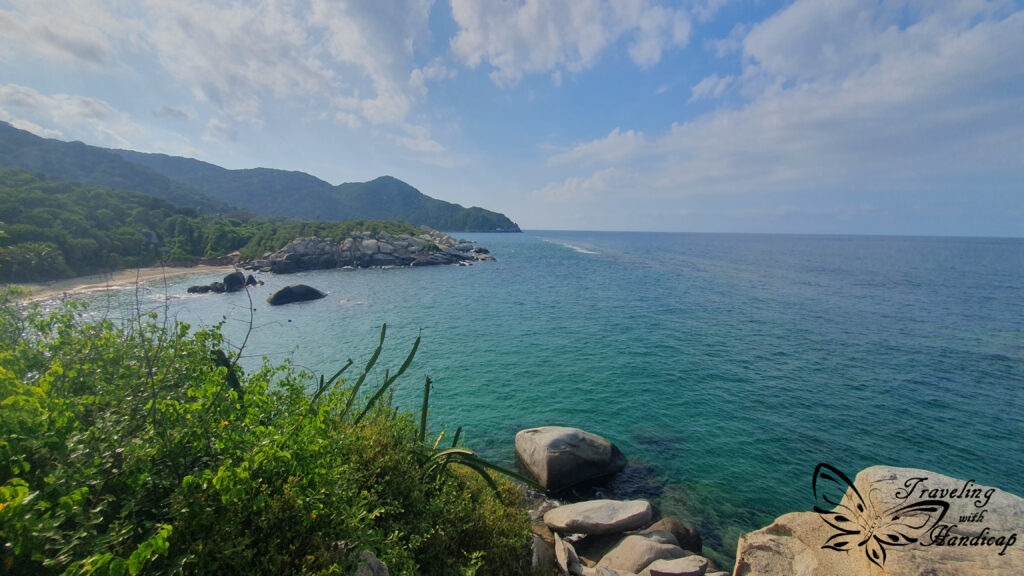
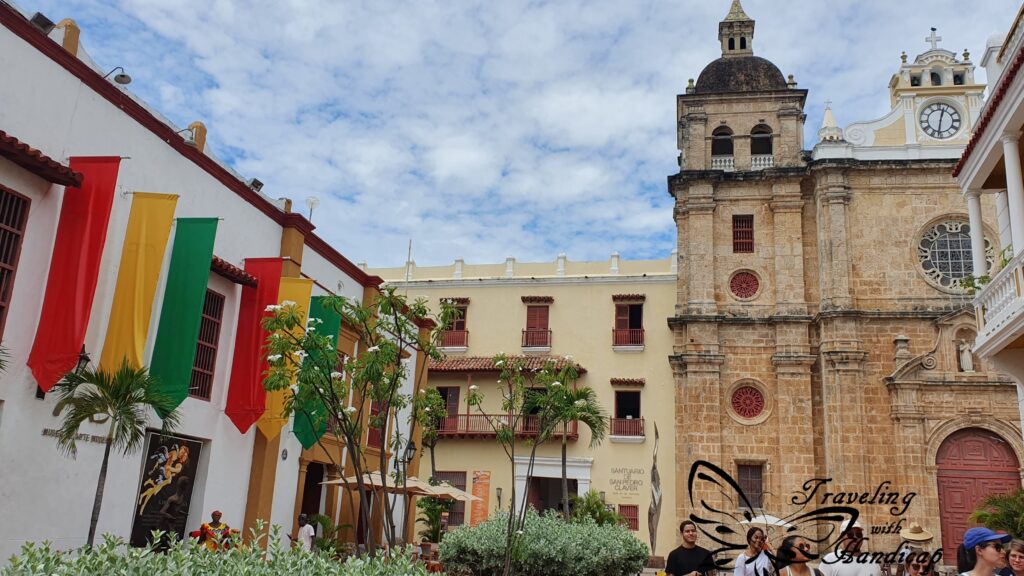
Ideas for additional National Parks or destinations (beyond of what I visited):
While I had three weeks available in Colombia and explored many places, this country is big enough to spend much more time and check out many more places. Some of them which I got recommended are:
- Cali
- Caño Cristales (La Macarena)
- Parque Nacional Natural Chingaza (next to Bogotá)
- Parque Nacional Natural El Cocuy (close to Venezuela, northeast of Bogotá)
- Pico Cristóbal Colón (Sierra Nevada de Santa Marta)
Public Transport
I mainly used public transport to get around in Colombia. Compared to many other countries that I have traveled across before, the buses in Colombia were rather uncomfortable with non-reliable schedules. Actually, I didn’t enjoy taking buses in Colombia but there mostly was no other option. I only flew from Santa Marta back to Bogotá because I couldn’t take the risk of a full day on a bus with either a much too cold or not properly functioning air-conditioning.
All my bus routes took longer than scheduled. Either because there were roadblocking or construction sites. Or because of the unpredictable food breaks. You never knew whether there will be a break or not and if the location served proper food. Usually, there were no vegetarian options. Even when asking for the same dish just without the meat and for the same price, they often refused.
Typically, rather small buses were used which frequently lacked a toilet. Only the few big ones had one. Moreover, there was not much space for legs which is definitely an issue if I as a small person mention this. These circumstances made the bus rides rather uncomfortable.
Whenever I had to use a taxi, the drivers were friendly. Nevertheless, there was no rule for the whole country regarding the use of the taximeter. Therefore, I had to negotiate the prices in some towns using Spanish. In General, the language level of English was very low across the entire country. As opposed to Ecuador, you cannot travel around and explore Colombia without knowing some basics in Spanish.

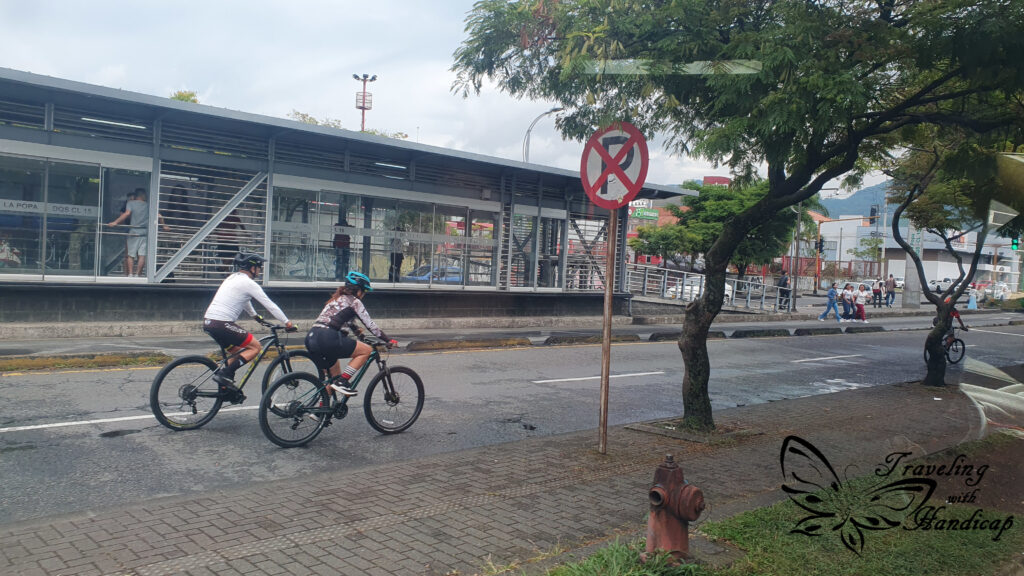

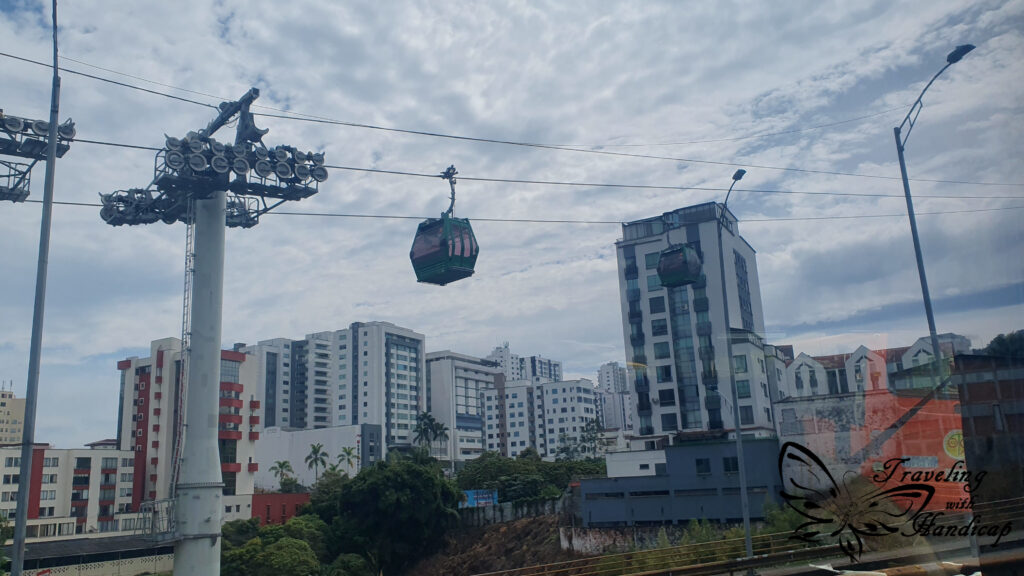


Lack of Accessibility
Honestly, I would not rate Colombia as one of my favorite travel destinations. For sure, there are great spots to be visited. However, there are no overarching regulations across Colombia related to accessibility or disability. Similar to any other country, I used to ask for any possible discounts with a disability document. While discounts were clearly available or not existent in other countries, people in Colombia usually could not even answer to my question. Related to that, public transport across Colombia is not accessible at all.
There is not only a lack of regulations with respect to disability and accessibility, people seem to not consider it as a necessity. Most of the sights I visited were clearly not accessible. Also, the large majority of buildings had mandatory stairs somewhere. The handling of such issues is very poor and as such I wouldn’t expect any support or proper medical care when I have an issue and need help with a disability.
Due to these circumstances, the communication with people was by far not as pleasant as I would have expected by listening to other travelers. I haven’t experienced the Colombians as racist or neglecting, but rather as not knowing anything. I even met people who could not relate to a request relating to the term “disability” (in Spanish) at all. Considering this, I do not recommend Colombia as a travel destination if you require accessibility.
